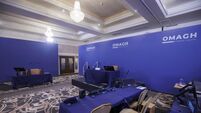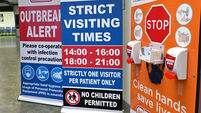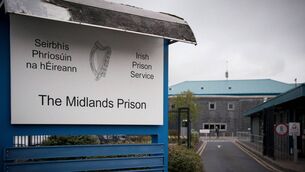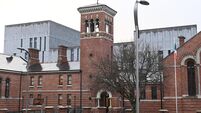Cancer hope as new scan hits Ireland
A world-class scanning machine can identify the exact location of a tumour as it moves during a patient’s breathing pattern.
This means that medical teams can target the exact cancerous area during radiation and chemotherapy treatment without affecting surrounding, healthy cells.
The scanner — known as four-dimensional computed tomography (4DCT) — has been used for the first time in Ireland on a female lung cancer patient in the Whitfield Cancer Clinic in Waterford.
It will be made available shortly in the Beacon Clinic in Dublin.
The clinics will offer the treatment to private patients, but public patients will also be able to avail of it through a scheme set up by the Health Service Executive.
Dr Dayle Hacking, a consultant at the Whitfield centre, said it is too early to measure the effects of the technology on cancer survival rates, but that it is a “very significant development, not just for lung cancer patients but for all cancers”.
The scanner works by moving around a patient in a corkscrew path, taking constant images which locate the tumour and its movements. For example, it can track how a tumour on the lung moves with each breath as the lung inflates and deflates.
The radiotherapist can then determine and predict tumour movements and ensure that the tumour receives the full amount of treatment dose.
This is particularly important for tumours located on or near organs that move, because the tissue surrounding the cancer is not affected.
Speaking at the recent opening of the cancer centre in the Beacon clinic, cancer expert Professor John Armstrong explained: “For a patient with a brain tumour, absolute accuracy can mean the difference between the good result of killing the tumour and saving the patient, and the excellent result of saving all of the patient’s brain functions as well.”
He said: “For breast cancer patients one of the difficulties is keeping radiation away from the heart and lungs. A certain amount often does reach the heart and lungs and anything that reduces that amount or avoids it entirely is much better for the patient.”
Dr Hacking said the scanning is not particularly costly: “It is for anyone who comes to us whose tumour is appropriate to this technology, regardless of whether they are a public or private patient. At the moment we do not have long waiting lists,” he said.
It is seen as an important development for cancer services in the south east where treatment rates have been lower than average.
Recent figures from the National Cancer Registry show the number of people getting radiotherapy in the area was 72% of the national average, while the numbers getting chemotherapy was 61% of the national average.












